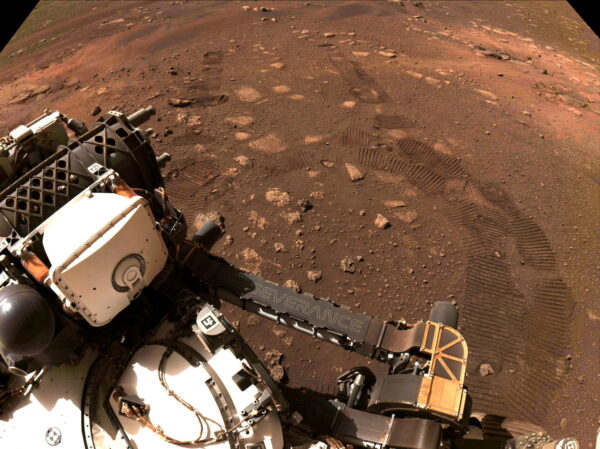U.S. university, energy firm hail test of energy fusion project
Massachusetts Institute of Technology and Commonwealth Fusion Systems successfully tested the world’s most powerful high-temperature superconducting magnet during a step toward building a fusion power station to get carbon-free power. Italian energy group Eni may be a shareholder in CFS, a fusion energy research company spun off by MIT, after investing $50 million in 2018 and led CFS’ Series A funding.
NASA rover Perseverance collects first Martian rock sample
NASA’s Mars science rover Perseverance has collected and stashed away the primary of various mineral samples that the U.S. space agency hopes to retrieve from the surface of the Mars for analysis on Earth. Tools attached to Perseverance and operated by mission specialists from NASA’s reaction propulsion Laboratory (JPL) near l. a. drilled a rock core slightly thicker than a pencil from an ancient Martian lake bottom , then hermetically sealed it during a titanium specimen tube inside the rover.
Explainer – Beyond Delta, scientists are watching new coronavirus variants
The continued spread of the SARS-CoV-2 virus has spawned a Greek alphabet of variants – a naming system employed by the planet Health Organization (WHO) to trace concerning new mutations of the virus that causes COVID-19. Some have equipped the virus with better ways of infecting humans or evading vaccine protection. Scientists remain focused on Delta, now the dominant variant round the world, but are tracking others to ascertain what may at some point take its place.
Marine creature dubbed ‘the mothership’ was primordial scourge
About 506 million years ago, a wierd marine animal whose body so resembled a science-fiction spacecraft that it’s been dubbed ‘the mothership’ thrived in tropical seas, menacing feed on the ocean bottom in what’s now Canada together of Earth’s largest predators thereto point in time. Scientists on Wednesday announced the invention of fossils of a Cambrian arthropod named Titanokorys gainesi in Kootenay park within the Canadian Rockies, within a huge rock formation called the Burgess Shale.
South Korean researchers create chameleon-like artificial “skin”
South Korean researchers say they need developed a man-made skin-like material, inspired by natural biology, which will quickly adjust its hues sort of a chameleon to match its surroundings. The team, led by Ko Seung-hwan, a engineering professor at Seoul National University, created the “skin” with a special ink that changes colour supported temperature and is controlled by tiny, flexible heaters.

